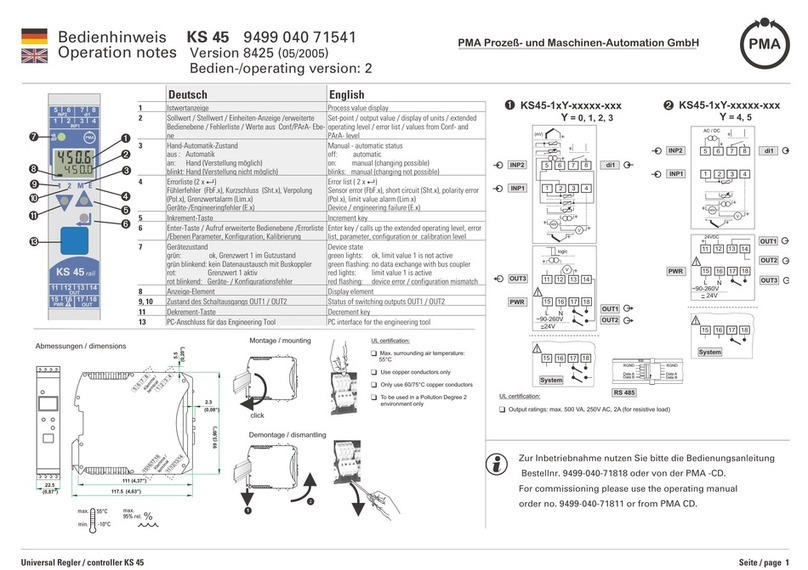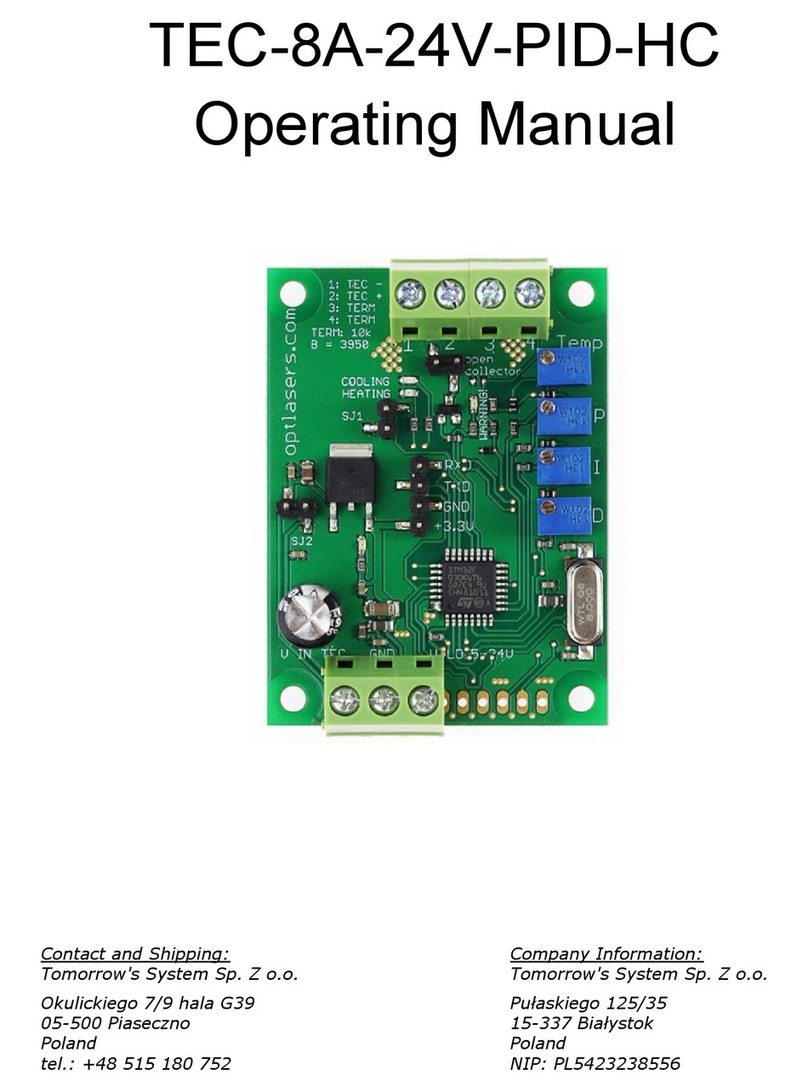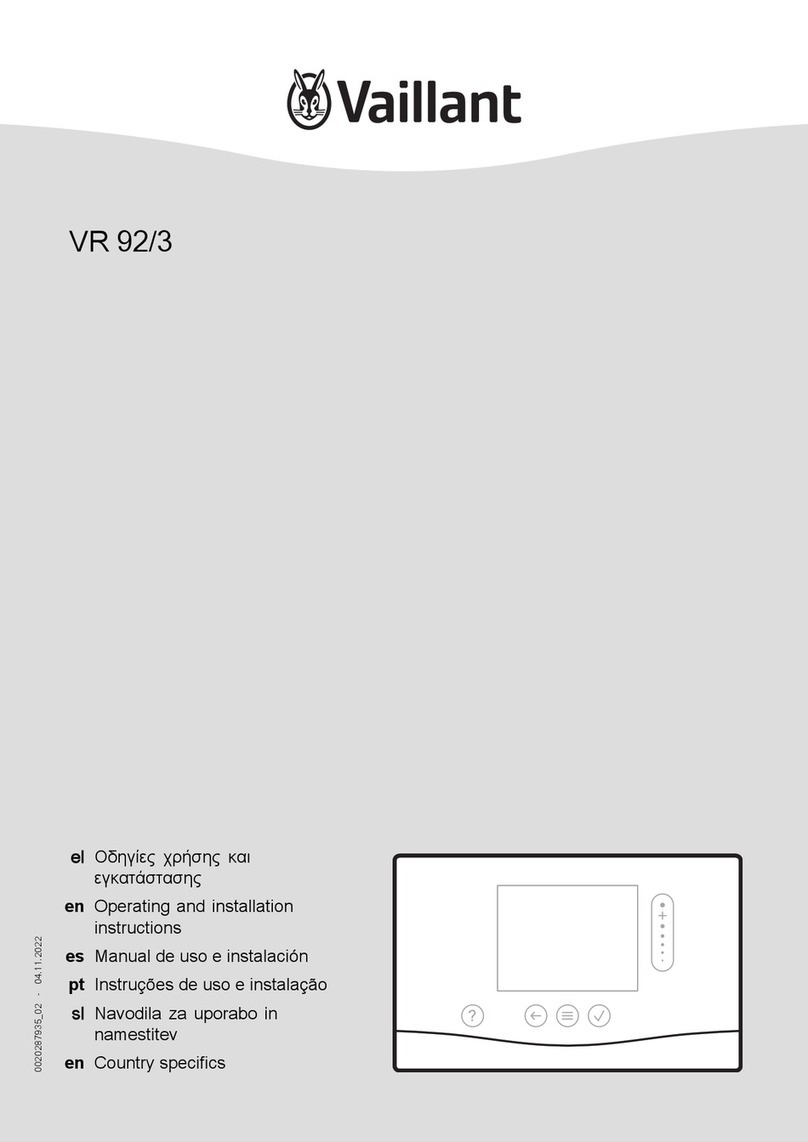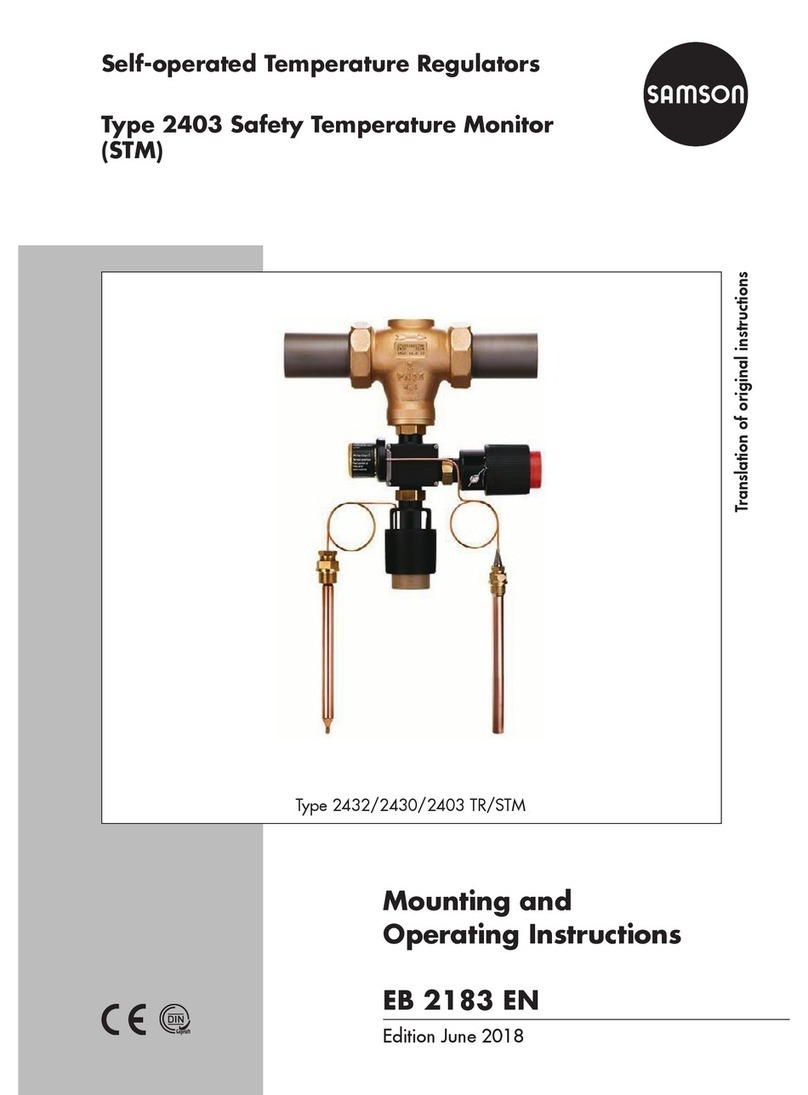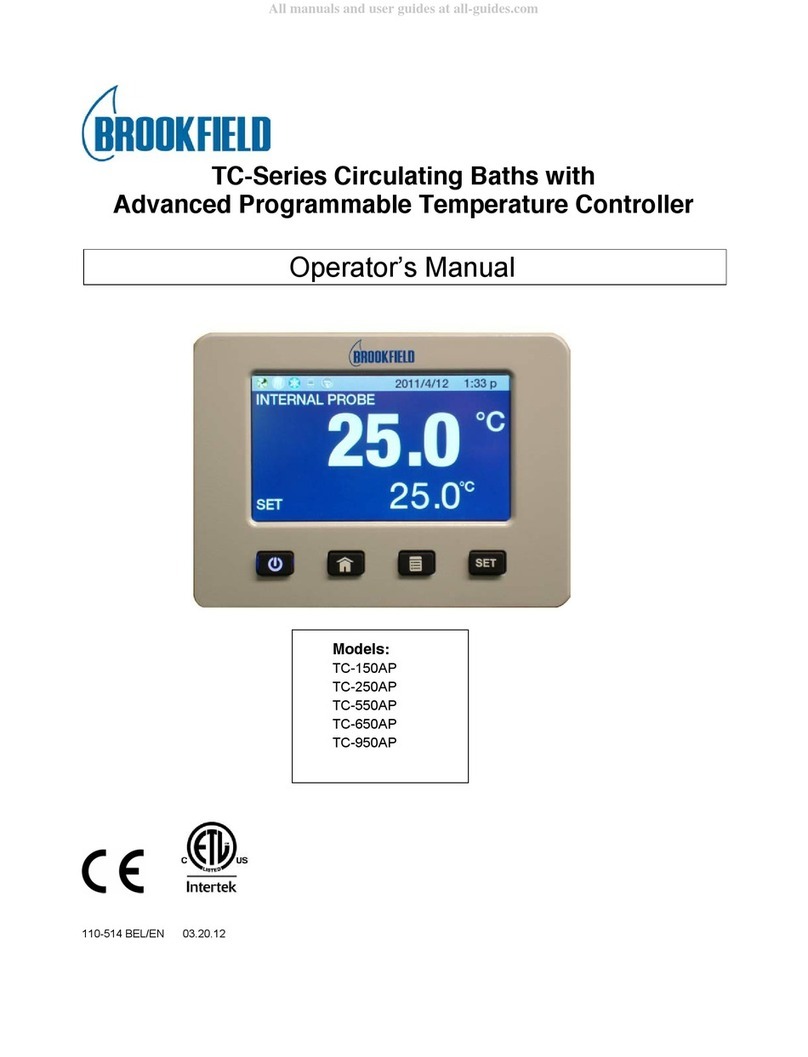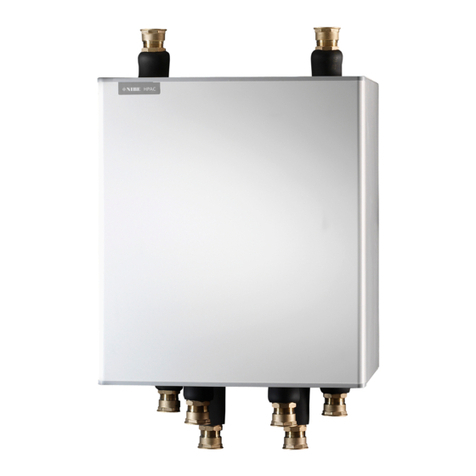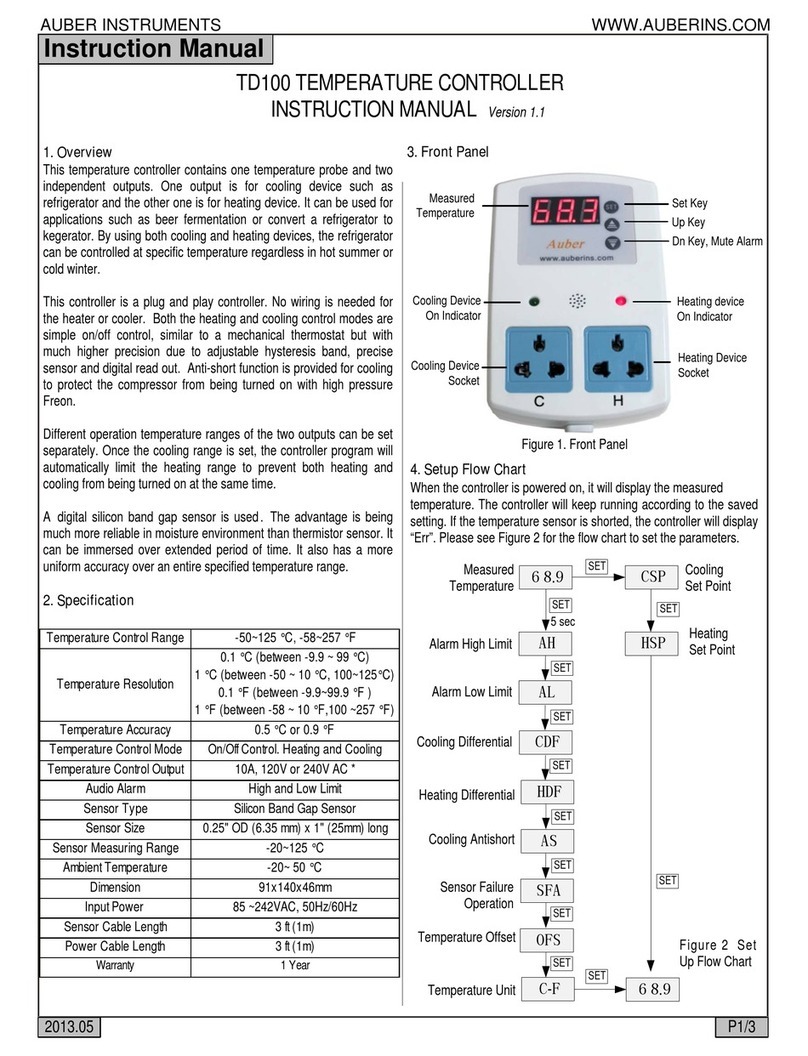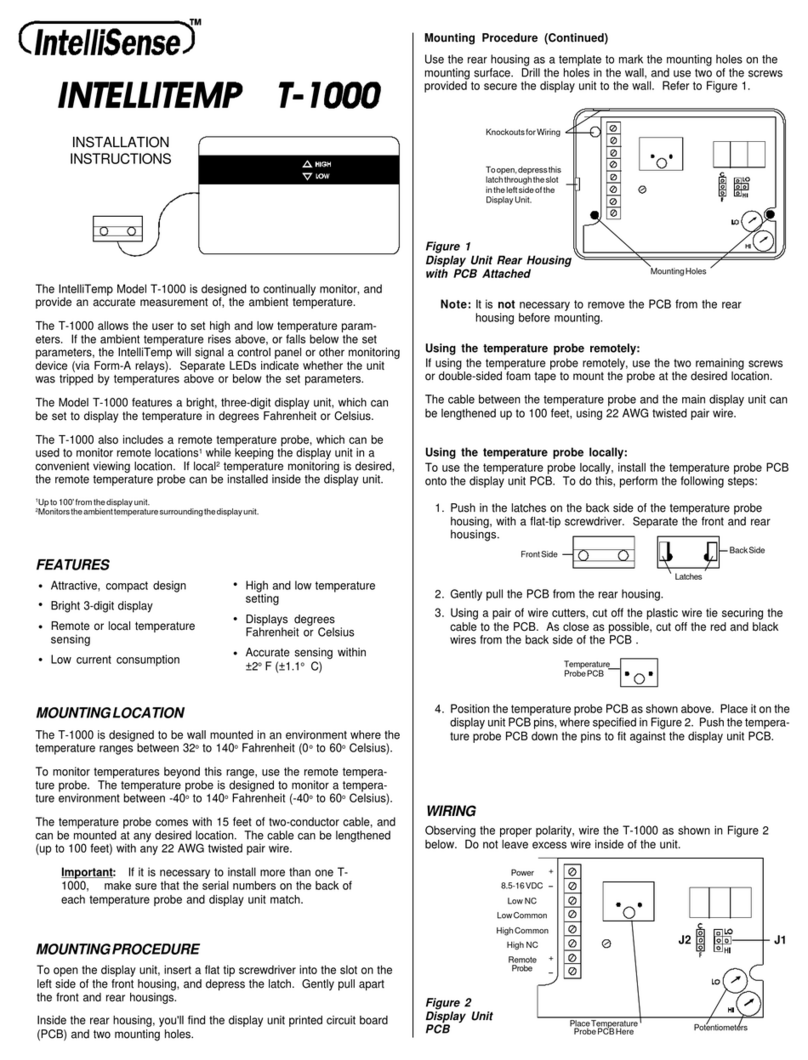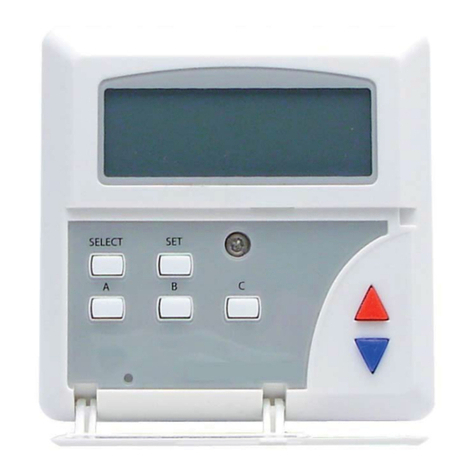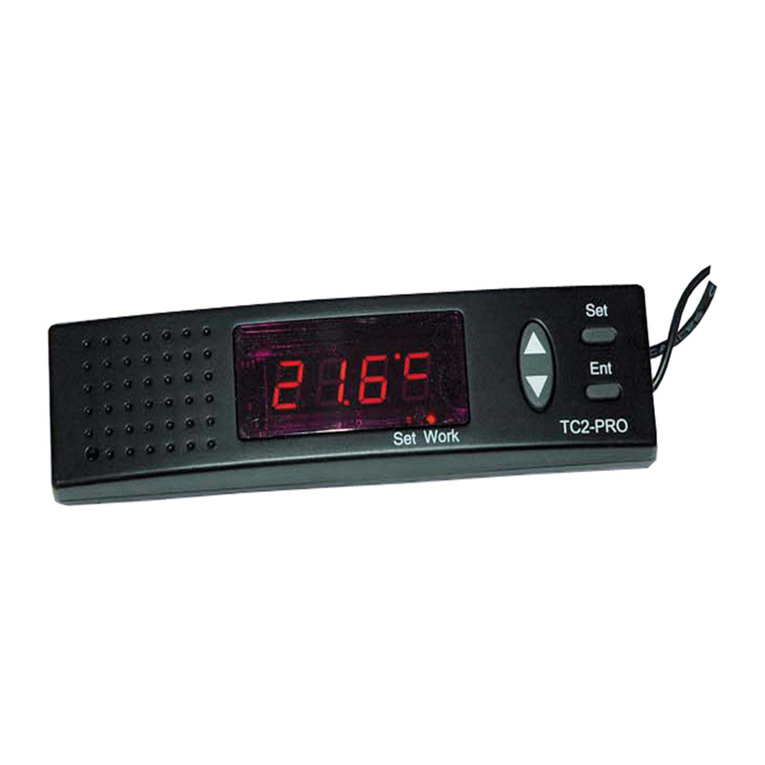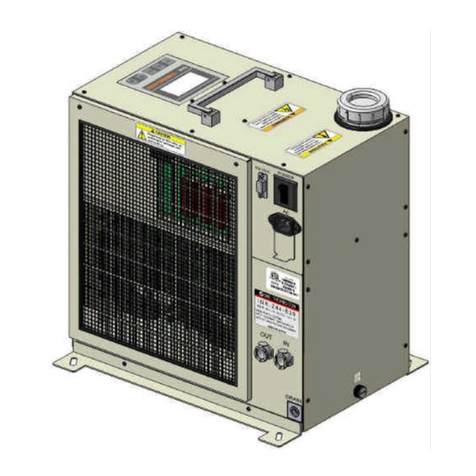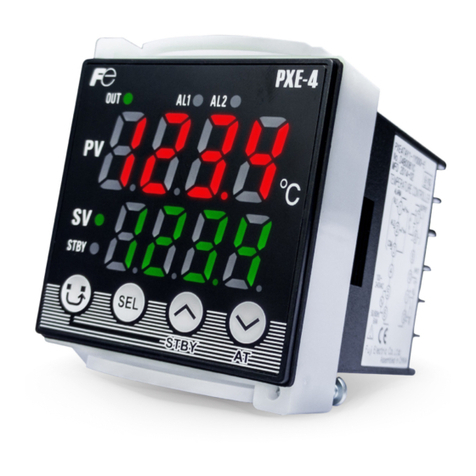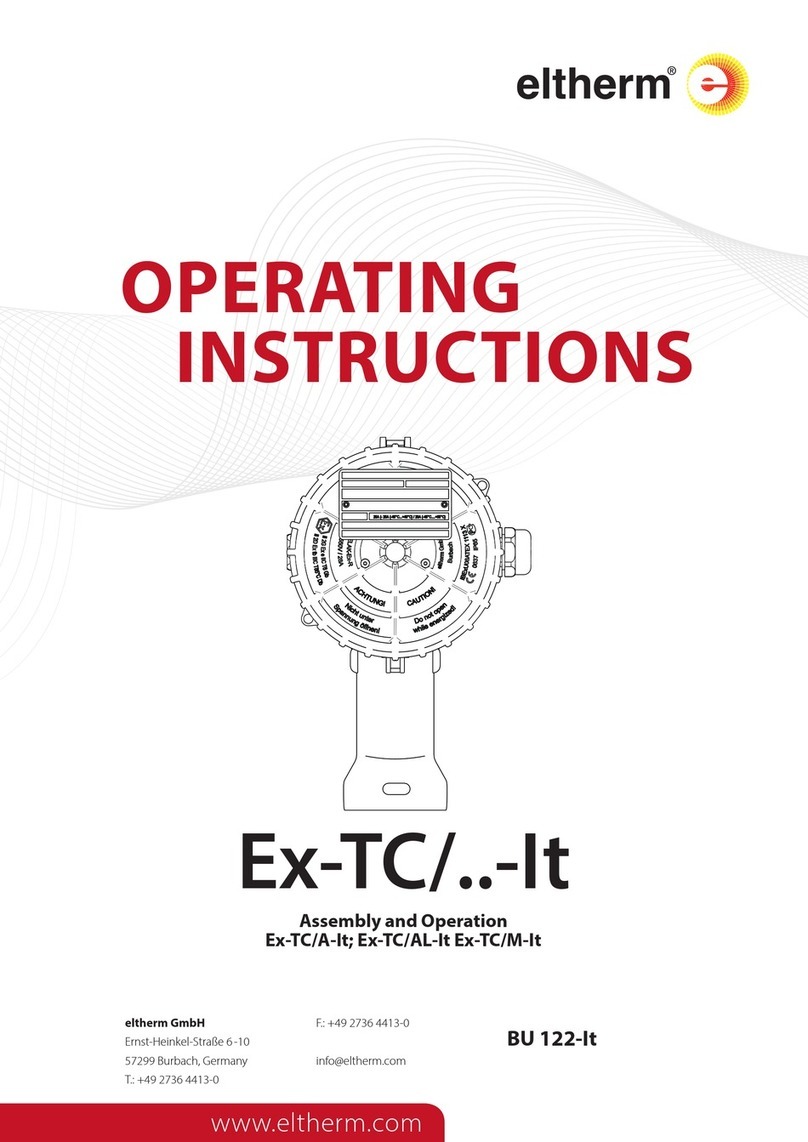Contents
EB 5573-1 EN 3
1 Safety instructions .........................................................................................6
1.1 Disposal........................................................................................................6
2 Operation.....................................................................................................7
2.1 Operating controls .........................................................................................7
2.1.1 Rotary pushbutton..........................................................................................7
2.1.2 Rotary switch.................................................................................................7
2.2 Reading information ......................................................................................8
2.2.1 Adapting the Trend-Viewer ...........................................................................10
2.3 Selecting operating modes............................................................................11
2.4 Setting the time and date..............................................................................13
2.5 Setting the times-of-use.................................................................................15
2.6 Setting special times-of-use ...........................................................................17
2.6.1 Party timer...................................................................................................17
2.6.2 Public holidays ............................................................................................18
2.6.3 Vacations ....................................................................................................19
2.7 Entering day and night set points ..................................................................21
3 Start-up ......................................................................................................23
3.1 Setting the system code number.....................................................................24
3.2 Activating and deactivating functions ............................................................25
3.3 Changing parameters ..................................................................................27
3.4 Calibrating sensors ......................................................................................28
3.5 Altering the display contrast..........................................................................30
3.6 Changing the display language ....................................................................30
3.7 Loading default setting .................................................................................31
4 Manual mode .............................................................................................32
5 Systems ......................................................................................................33
6 Functions of the heating circuit .....................................................................71
6.1 Weather-compensated control.......................................................................71
6.1.1 Gradient characteristic .................................................................................72
6.1.2 Four-point characteristic ...............................................................................74
6.2 Fixed set point control...................................................................................75
6.3 Underoor heating/drying of jointless oors..................................................76
6.4 Outdoor temperature for continuous day mode ..............................................77



